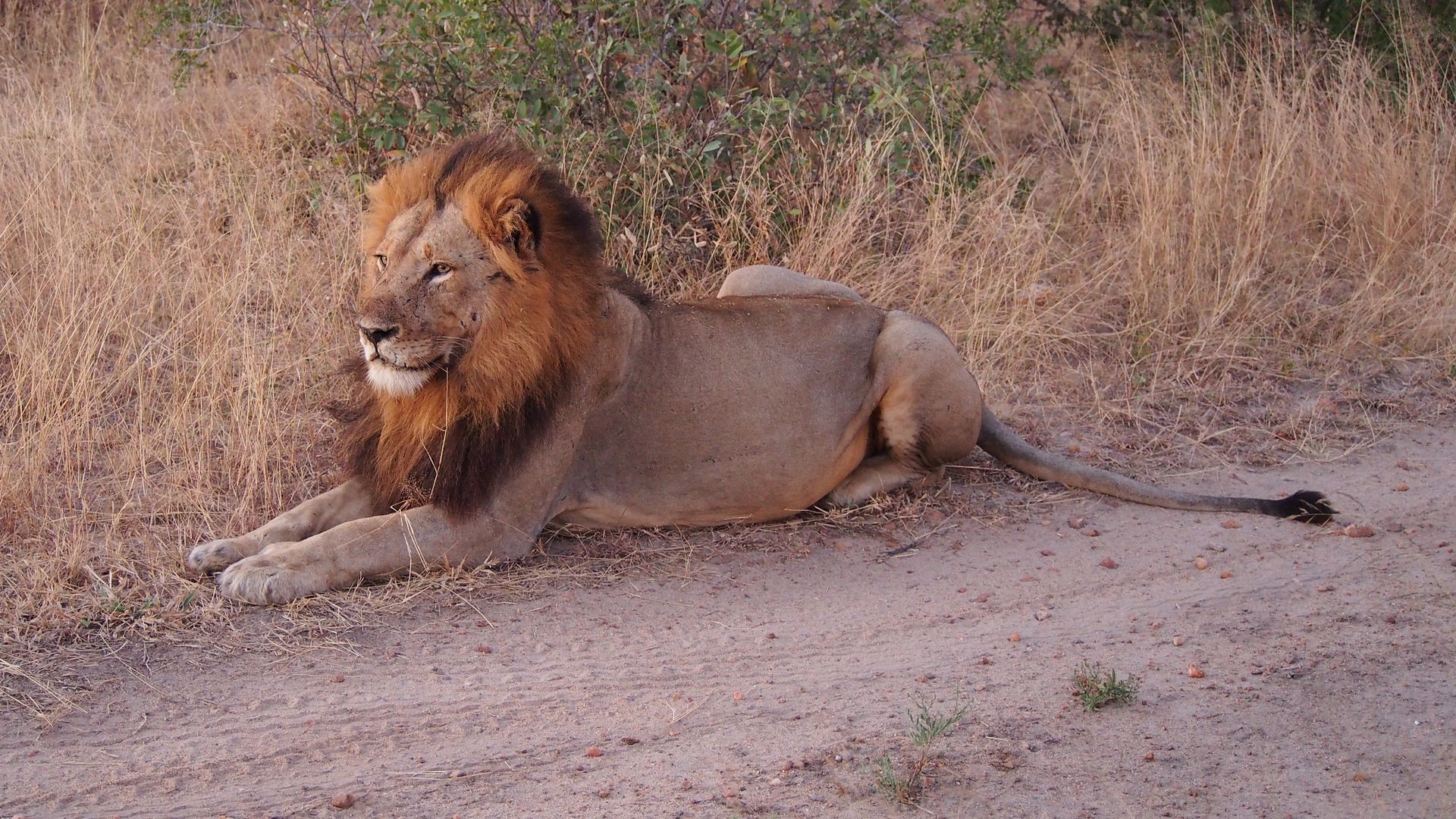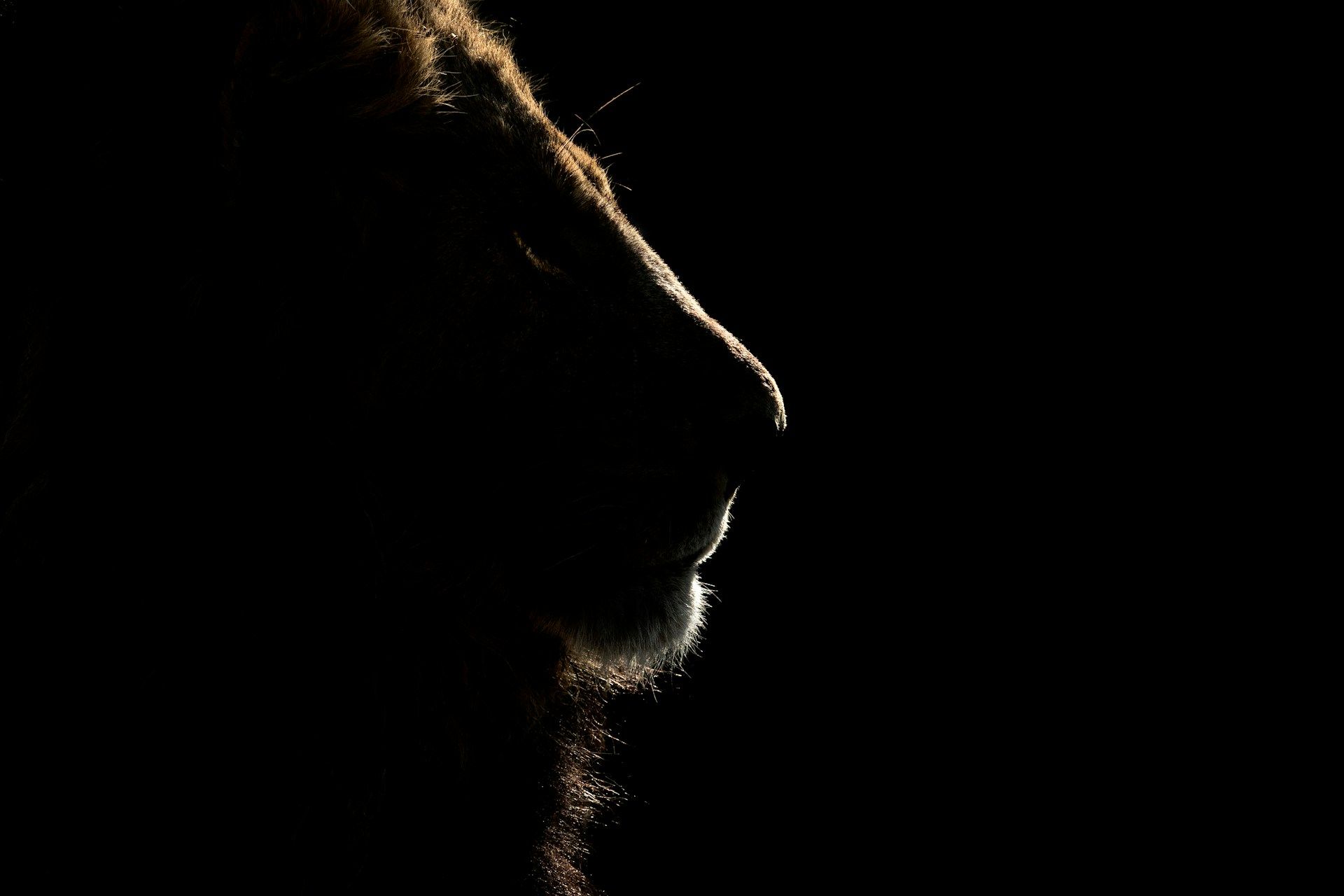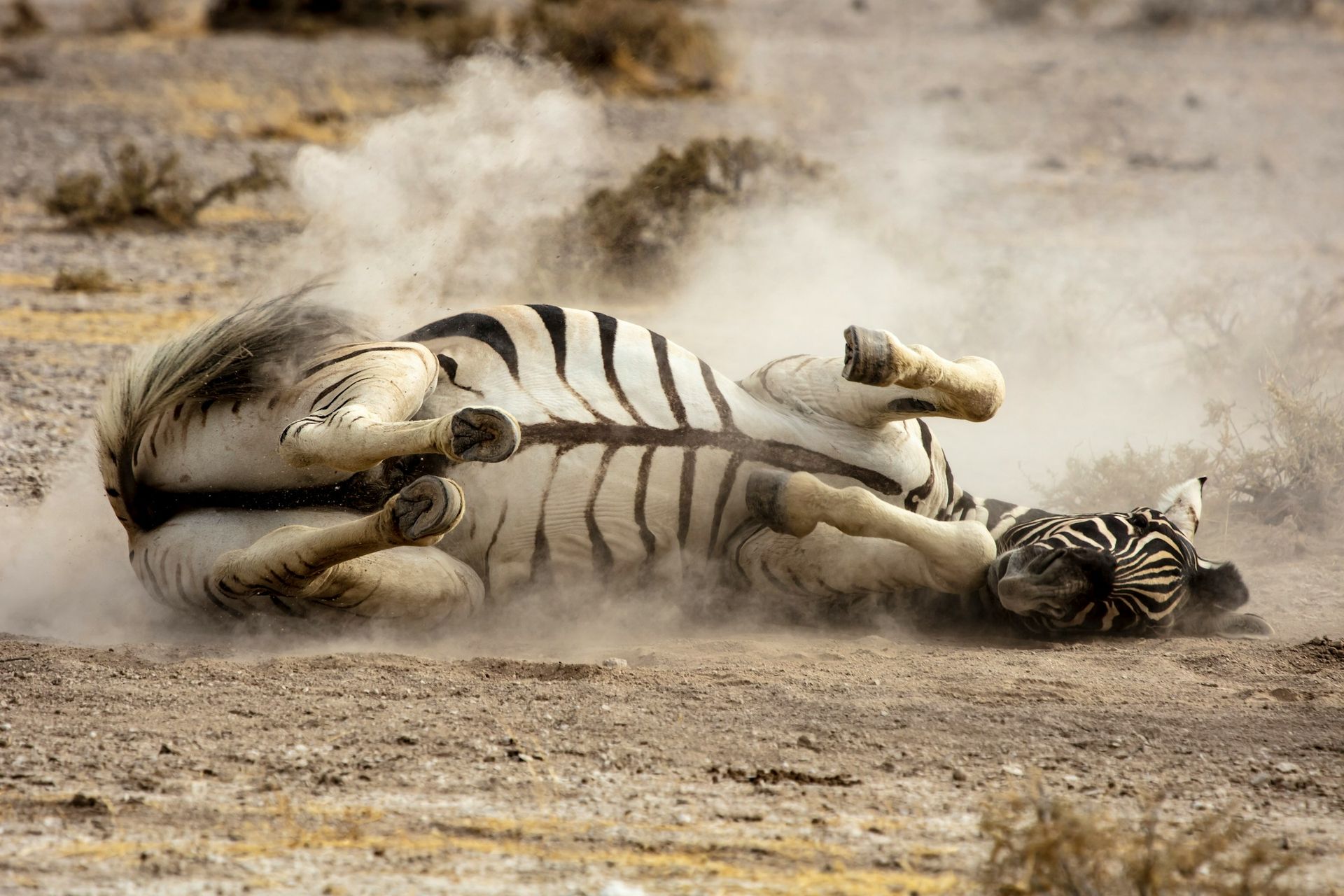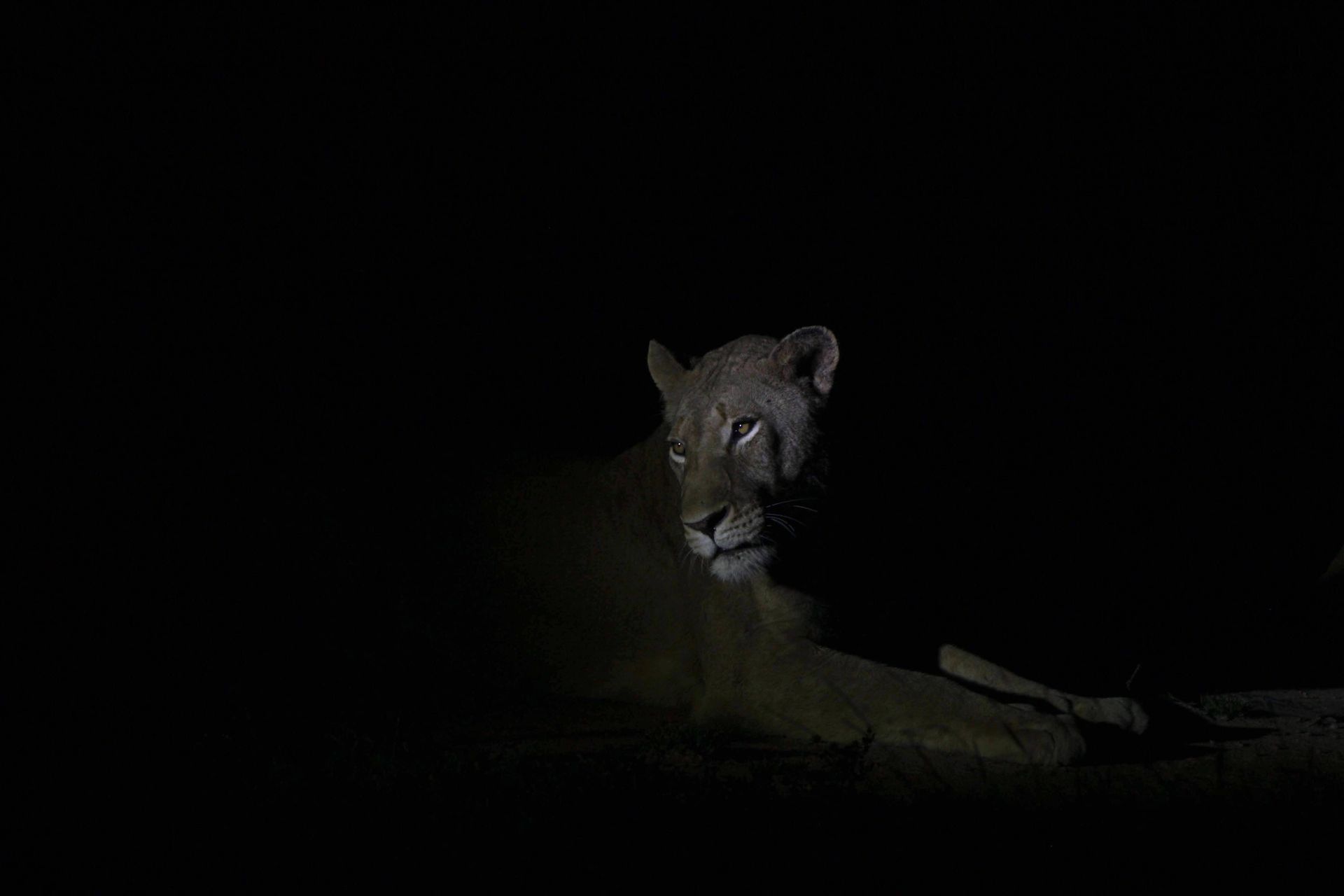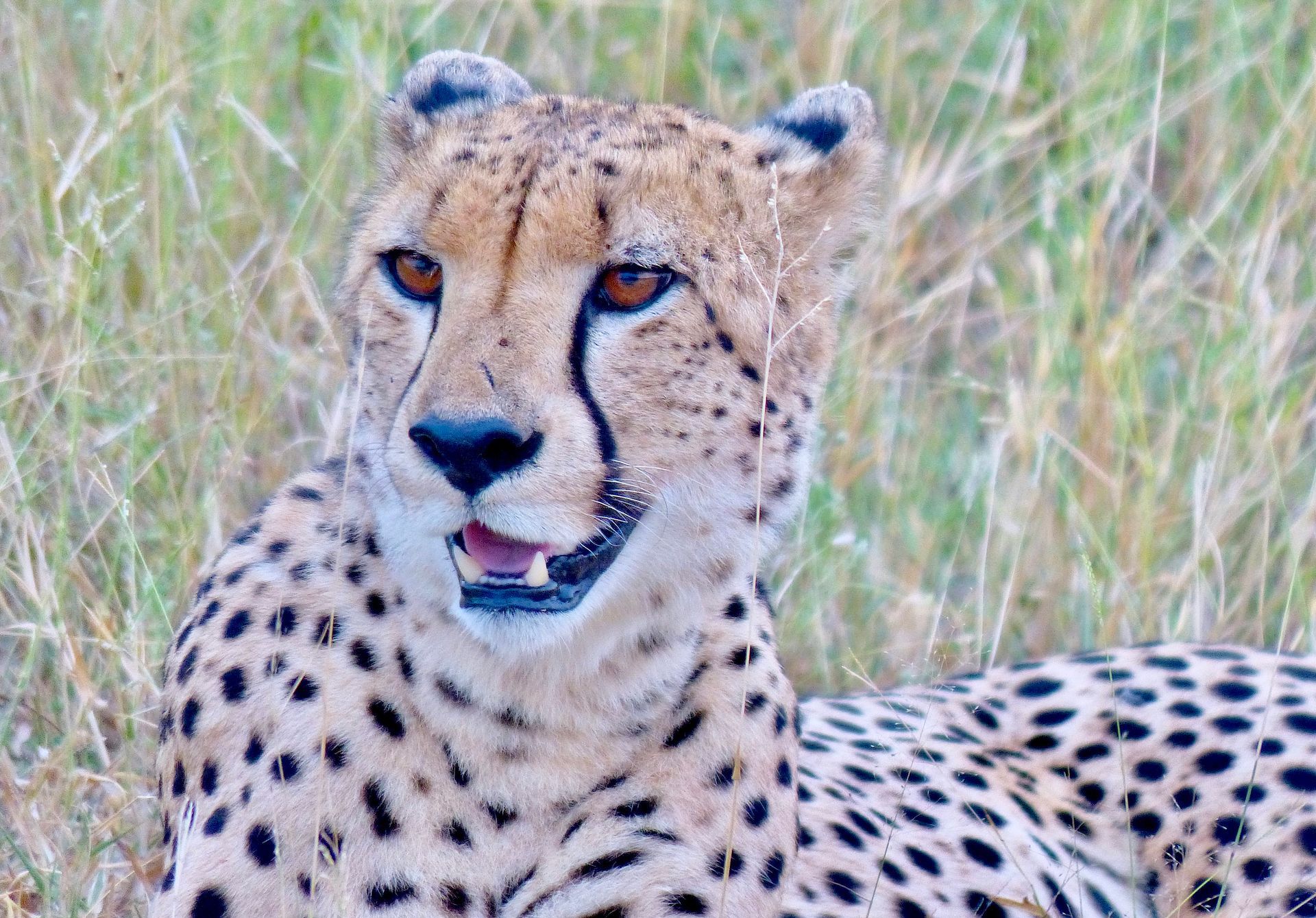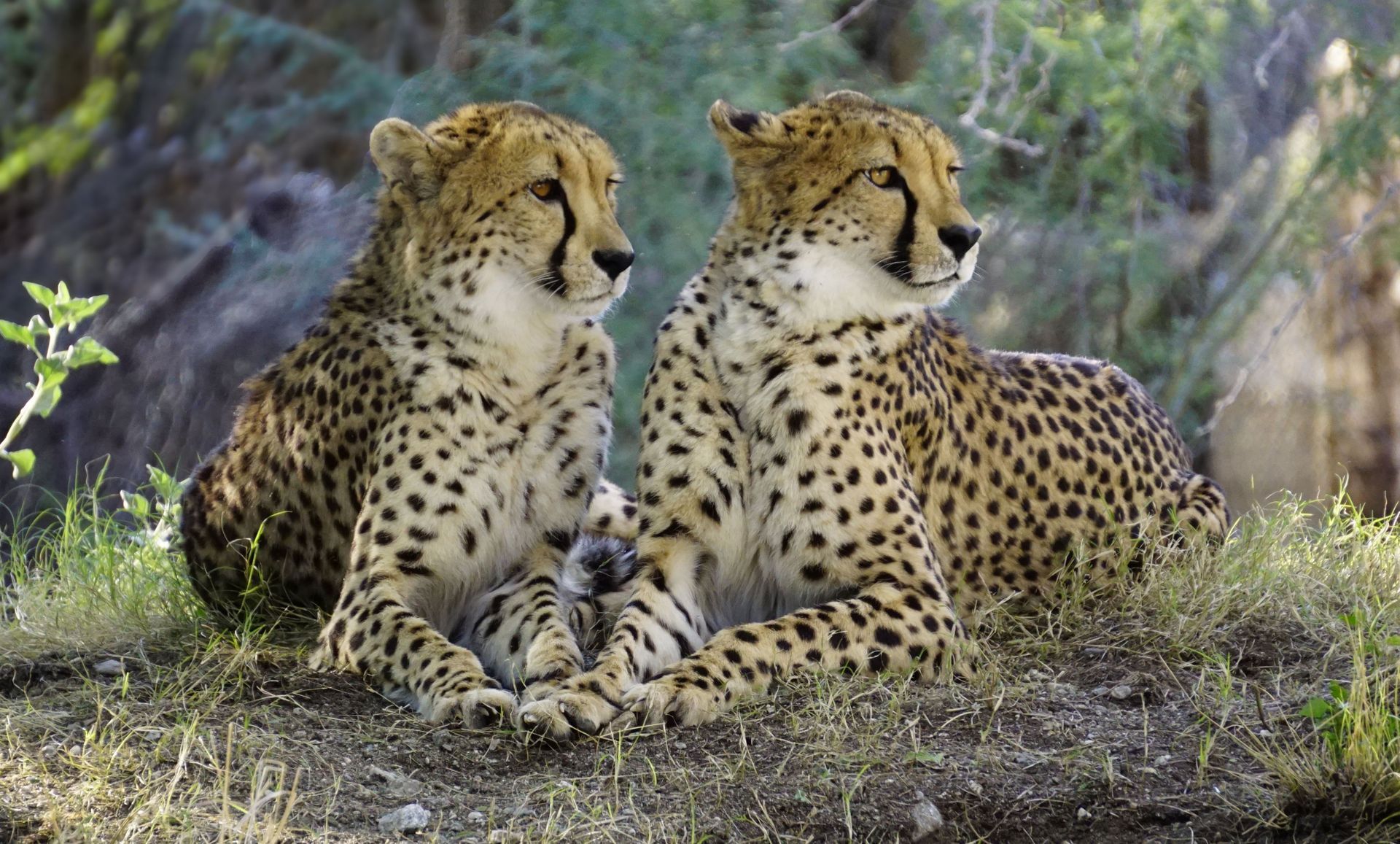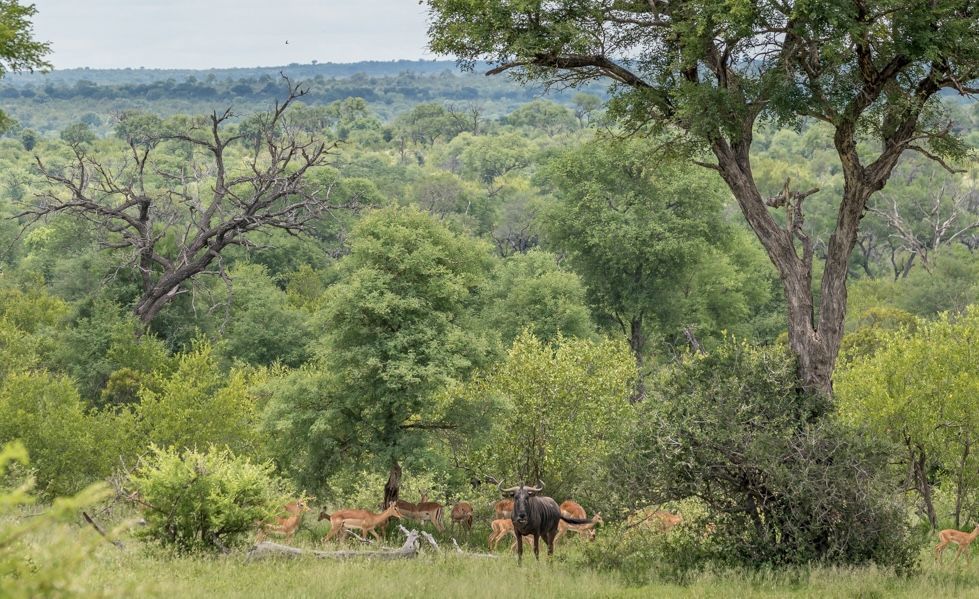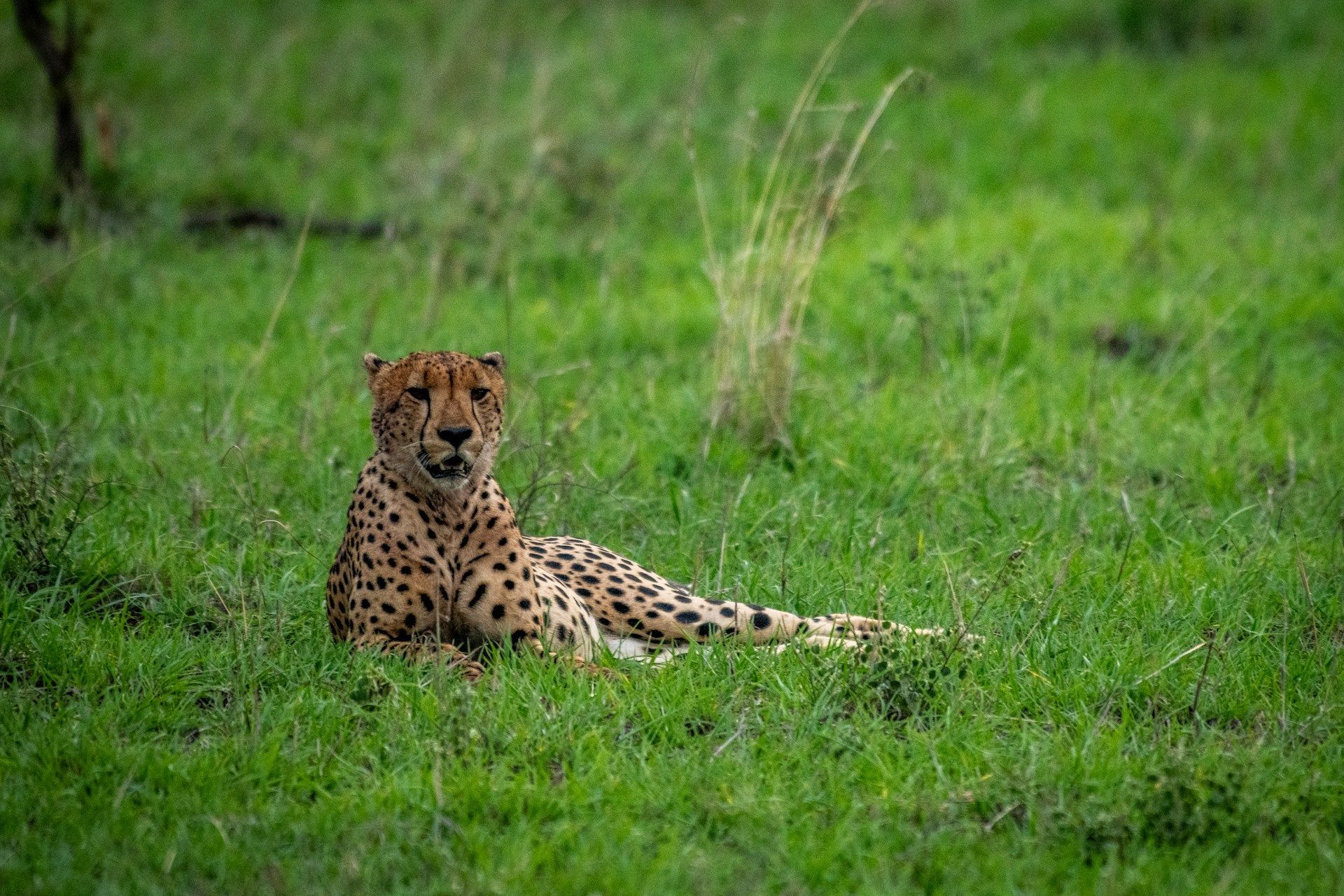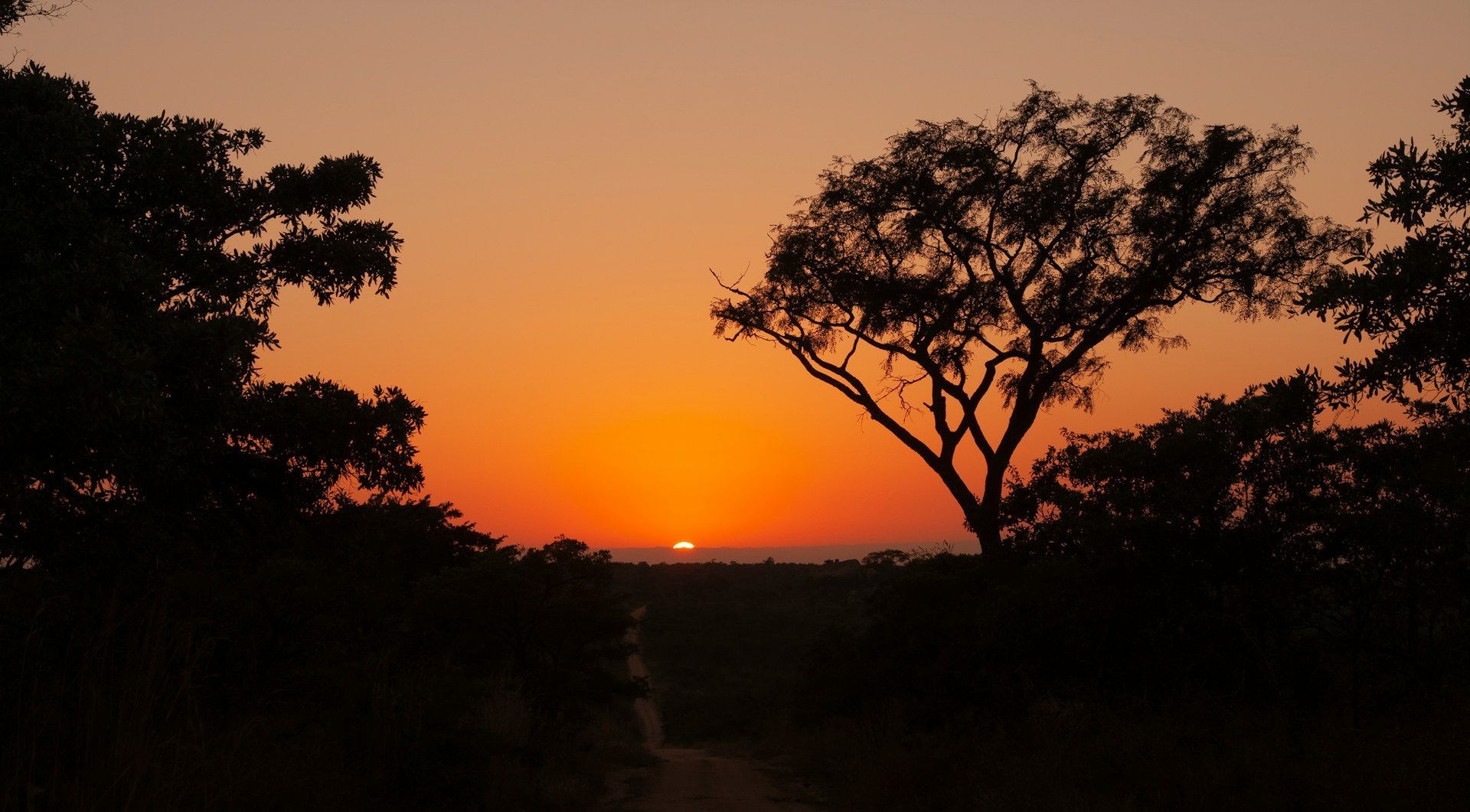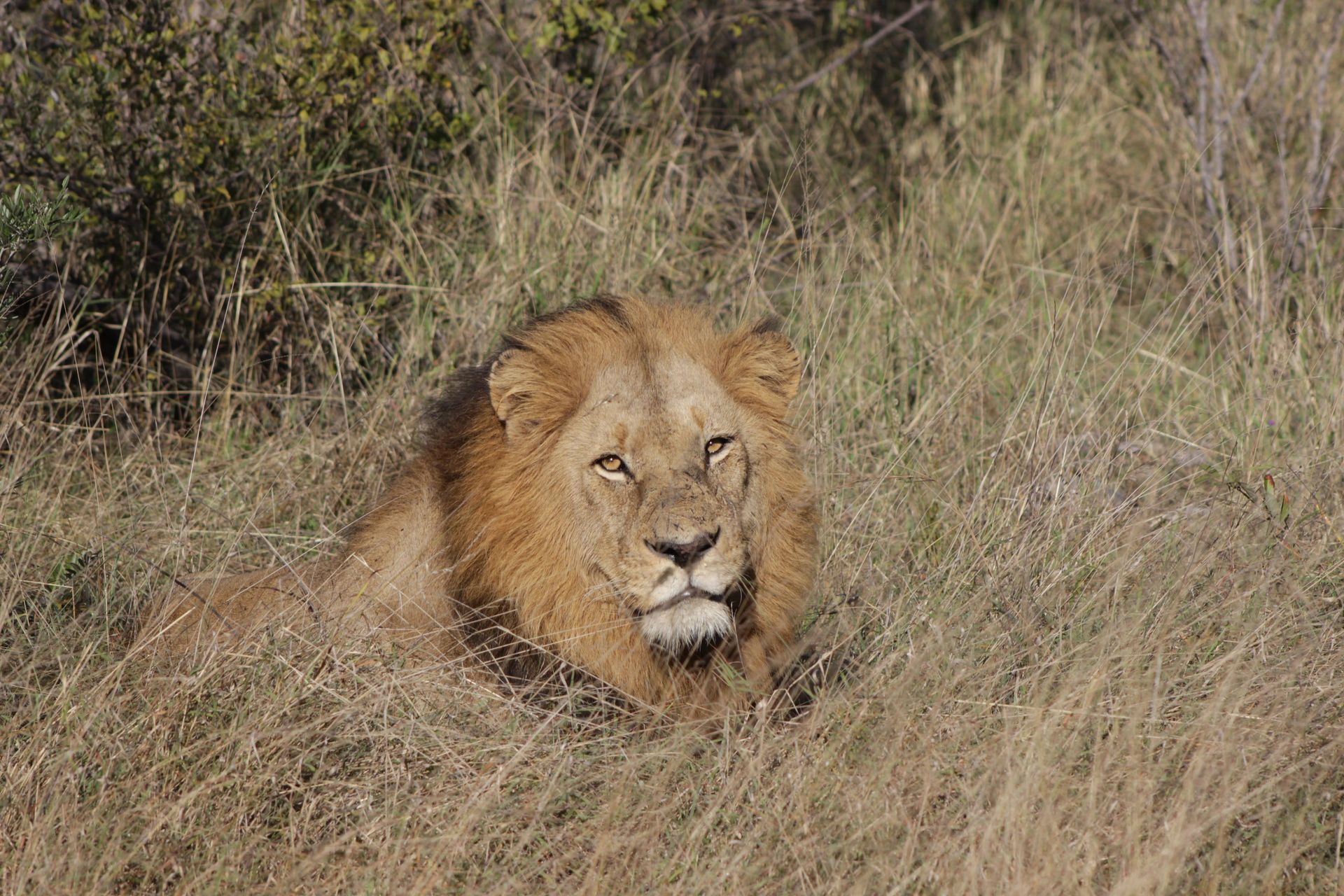The fastest thing on four legs!
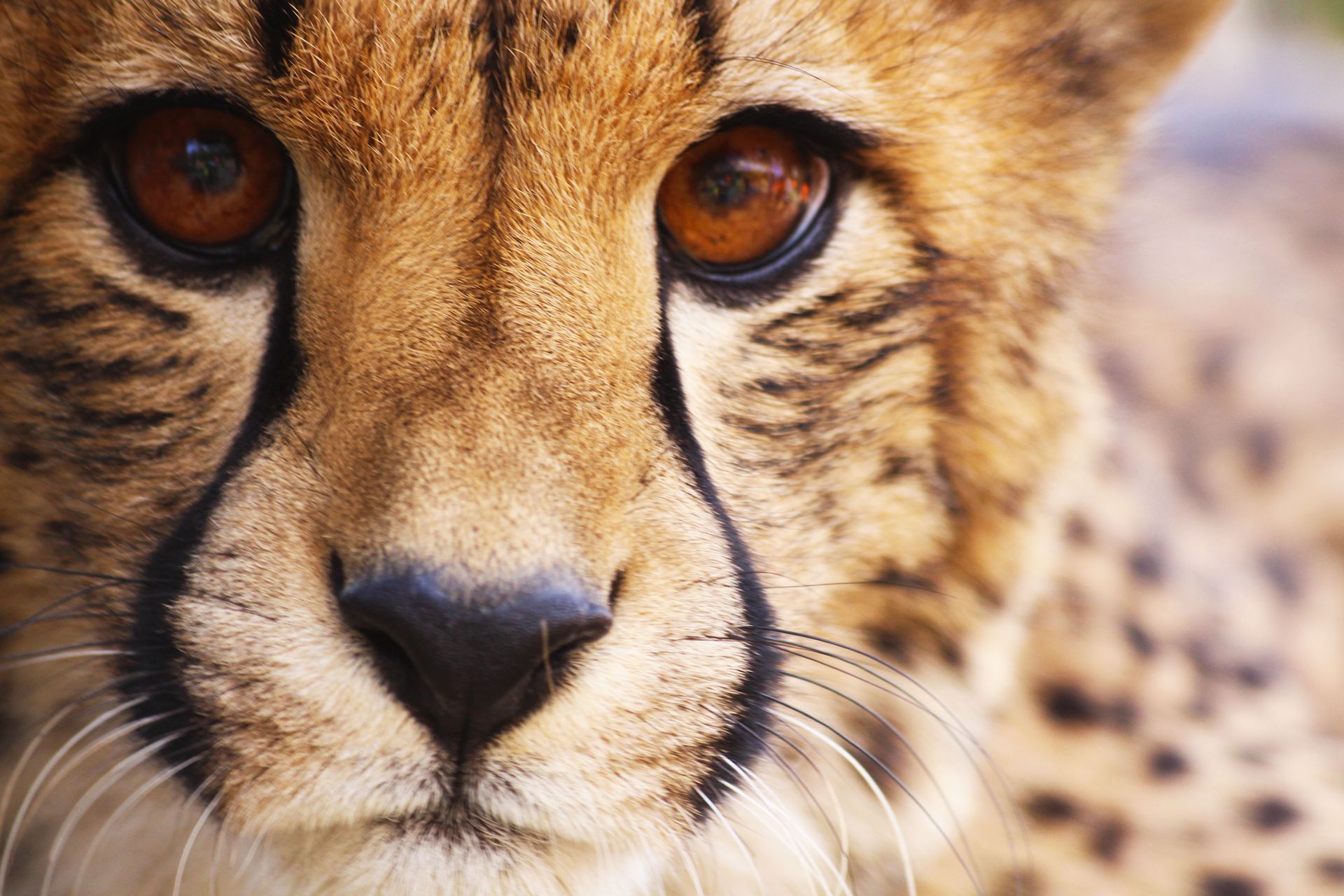
Meet the enigmatic cheetah - Africa's smallest big cat!
When it comes to Africa's big cats, invariably the lion and leopard steal the limelight, but the smallest member of this grouping is without a doubt it's most fascinating... In fact, the cheetah is a complete enigma!
It's the fastest land animal on the planet, reaching 112km/h in just three seconds - that's faster than most super cars and equal to an F1 car's acceleration. It's built for super speed over short distances of up to 300m, but is less impressive when it comes to stamina, running out of energy after a minute at full speed. That's easy to understand when you learn that cheetahs take three strides a second, covering 7m with each stride!
Sprints like these use up most of the cheetahs energy quota, leading to them resting for most of each day and only moving around for around 12% of the time. Conserving energy is a priority for them so that they have the reserves they need to hunt - something they are quite literally built to do.
A cheetah's eyesight is exceptional and can pick out prey from huge distances, aided by the distinctive black tear marks running from its eyes which help to reflect the glare from the African sun. Cheetahs hunt in the day to avoid competition with their more nocturnal cousins, but they still lose a high percentage of their kills - mostly to opportunistic lions and spotted hyenas.
When they select prey they stalk quietly, getting as close as possible before sprinting from cover, running down their victim quickly, knocking it down with a swipe of their powerful paws and dispatching it with a bite to the throat. Their claws act like cleats on a running shoe, giving them extreme grip over rought terrain and their long muscular tail acts like a rudder, allowing them to make sharp turns while running at speed.
Often confused with their similarly camouflaged cousin the leopard, cheetahs have properly spotted coats rather than rosettes. It's those spots that have given the cheetah its name, which comes from the Hindi word "chita" meaning "spotted one". The spot patterns are unique to each cat. Occasionally a recessive gene causes a colour mutation producing a more blotchy, almost stripy coat, giving rise to what's known as a "king cheetah".
Female cheetahs are largely solitary when they don't have cubs to care for. They give birth to between two and five cubs at a time and raise them on their own, hiding them in dens or dense undergrowth during the day until they are old enough to learn the hunting skills they will need to survive without mum, becoming independent at anywhere from 16 months to two years old. Male cheetahs often form coalitions with their brothers or other similarly aged males, defending territory and hunting together. Males and females only come together to mate.
Cheetahs used to be found across Africa and parts of the Middle East and Asia, as far as central India. In ancient Egypt they were worshipped, with the cat god Mafdet having the head of a cheetah. They were used as hunting companions by countless pharaohs and can be seen depicted in statues, paintings and in royal tombs. Today, the cheetah is listed as vulnerable on the IUCN red list and only an estimated 10,000 remain in sub-Saharan Africa.
Luckily, we are blessed to have regular sightings of these amazing felines, so you may be fortunate enough to see a cheetah in action during your stay with us!
